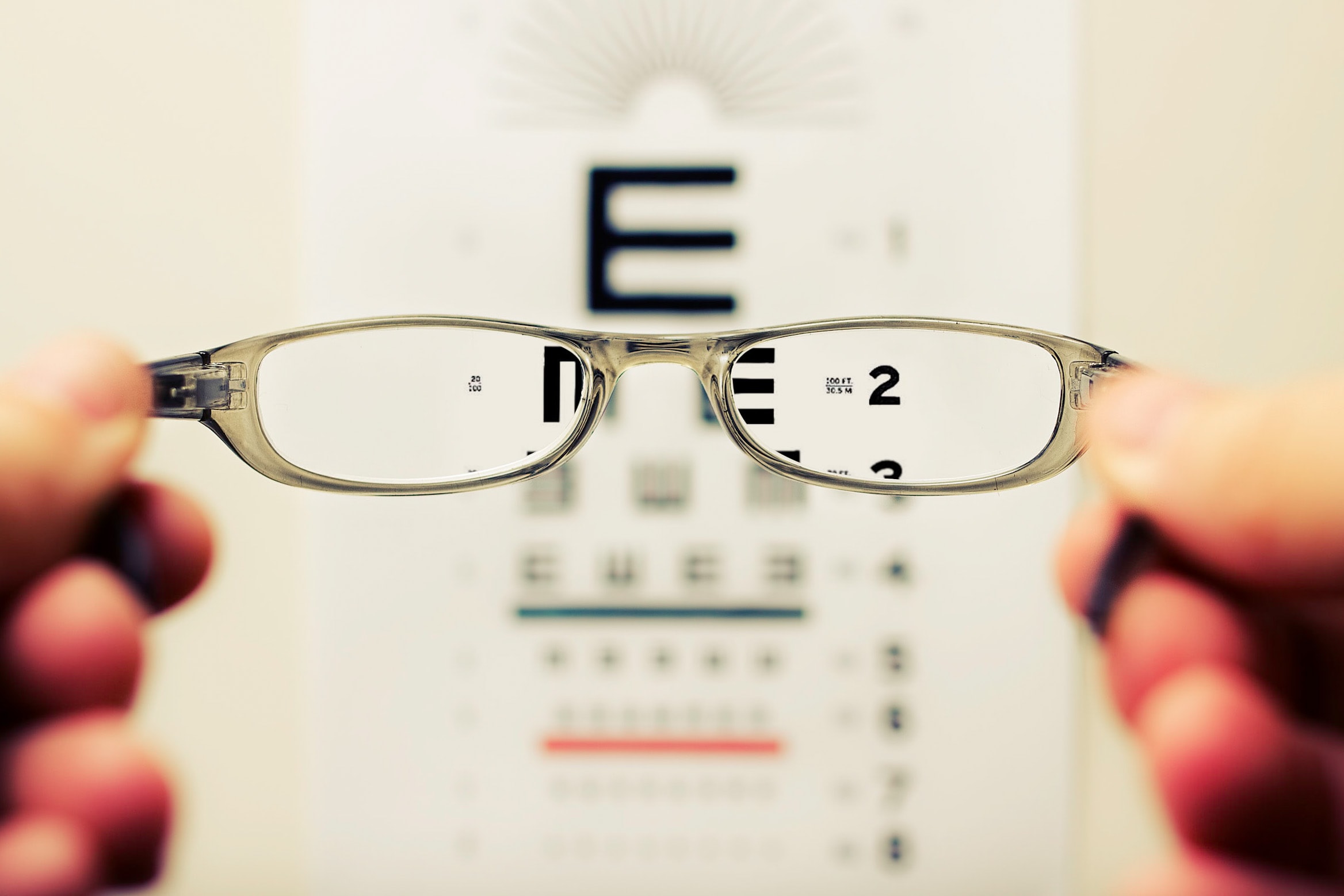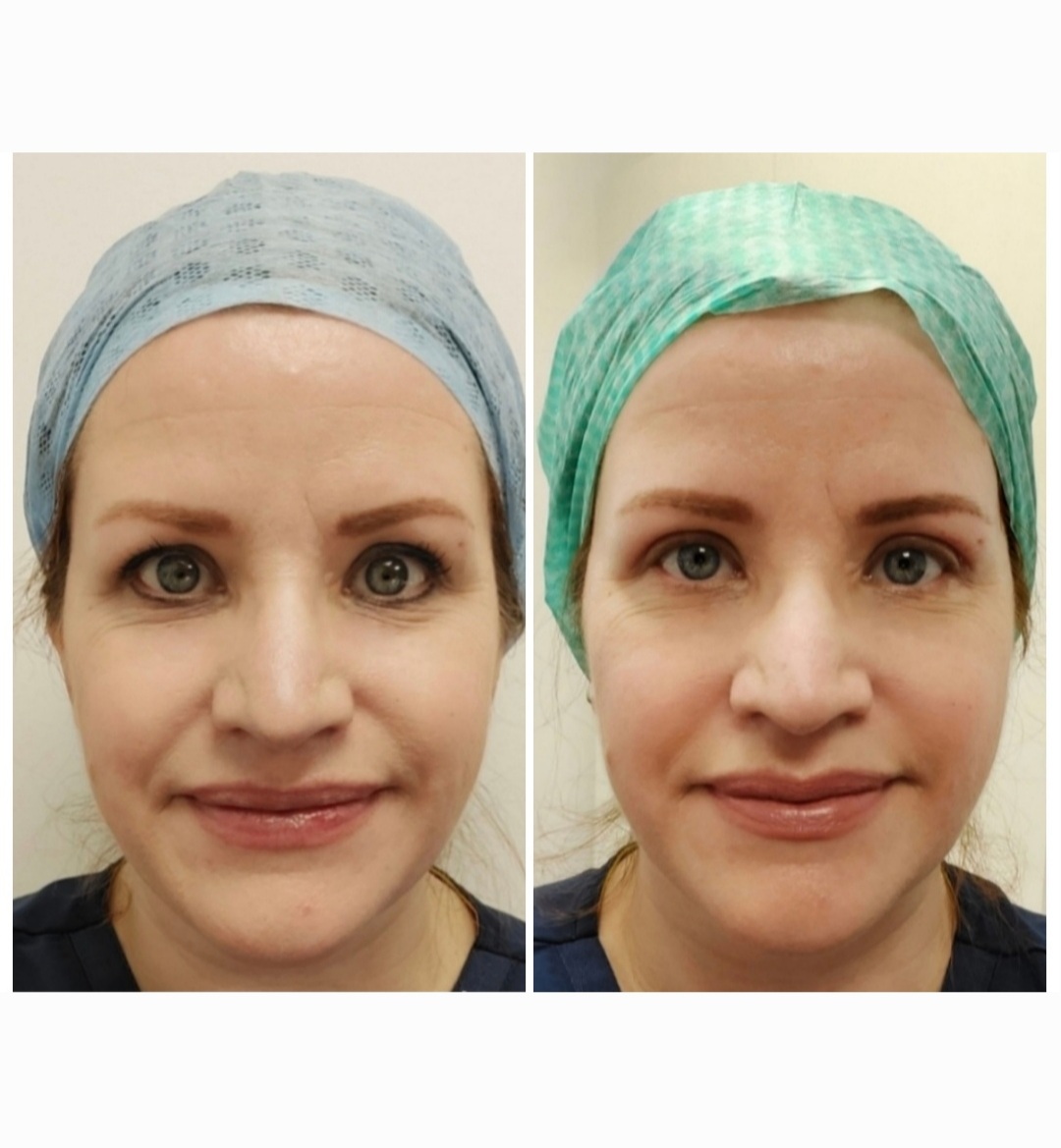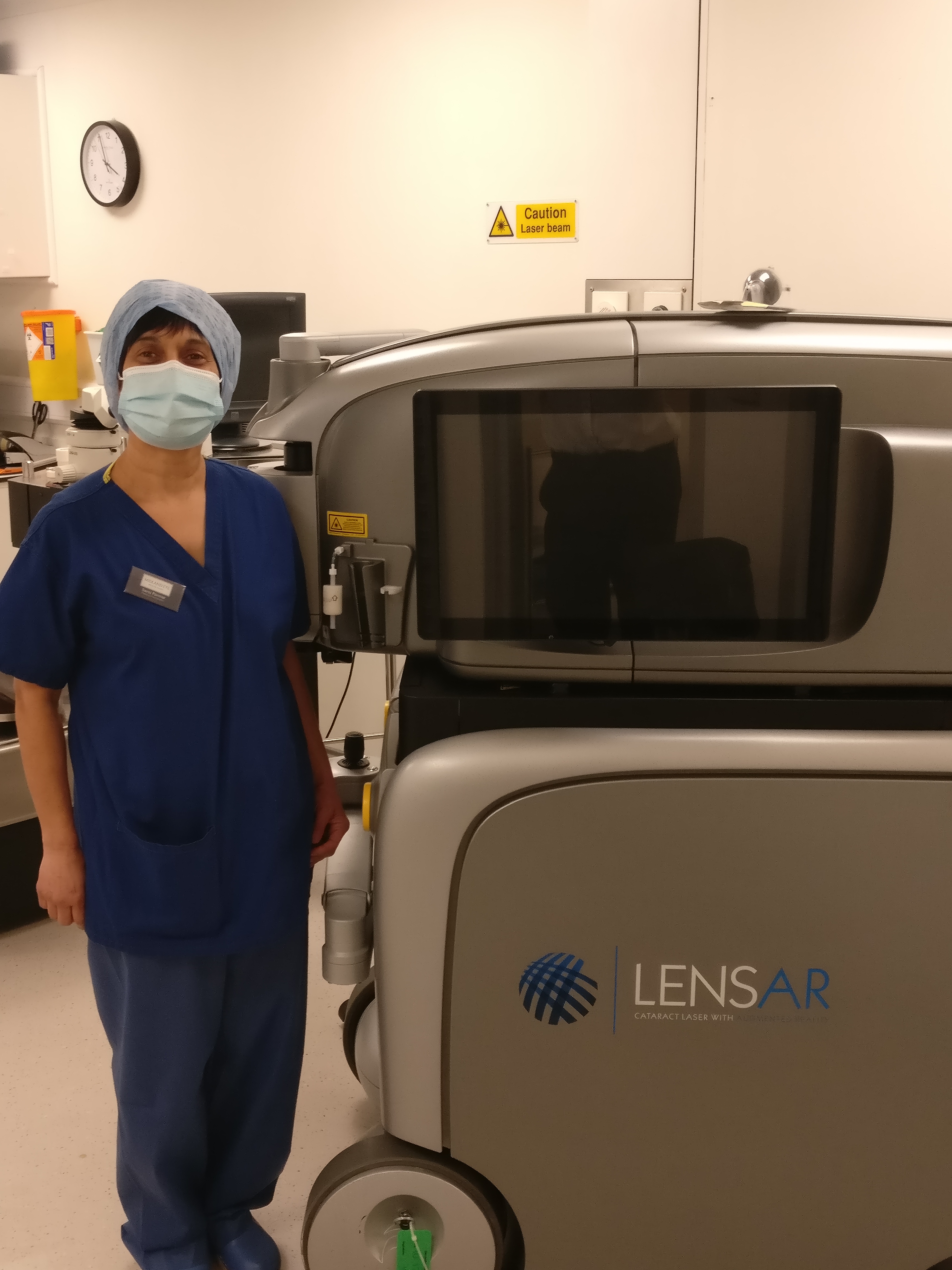For assistance call us on: 0121 711 2020 Email us
Clear Lens Exchange Surgery – the FAQs

What is clear lens exchange surgery?
Clear lens exchange, also known as refractive surgery or replacement lens surgery, is a surgical procedure designed to reduce or eliminate the need for distance glasses or contact lenses and it can be used to treat a wide range of far-sightedness and near-sightedness. Clear lens extraction has been performed extensively in Europe over the past 20 years with excellent results in correcting moderate to high far-sightedness and near-sightedness with or without astigmatism.
Who is it suitable for?
Lens clarity and flexibility diminish with age, and many older patients who would like their sight corrected actually have the beginnings of a cataract. Replacing the natural lens is often therefore the best option for sight correction, even for patients with a lower prescription, particularly if they are long-sighted.
If you are unable to have laser eye surgery, then eye lens replacement surgery can be a good option. The procedure is suitable for patients over 45, as well as those with cataracts, astigmatism, very high prescriptions and glaucoma (as long as the condition is stable). Your surgeon will scan and test your eyes during your initial consultation to assess your suitability.
How does it work?
Unlike other refractive procedures that change the shape of the cornea, clear lens extraction corrects vision by removing the crystalline lens in the eye and replacing it with a new artificial lens of a different focusing power. This is much like what happens in cataract surgery.
State-of-the-art instruments are used to measure your eye for the correct lens power, taking your lifestyle and activities into consideration. These custom measurements are entered into sophisticated formulae to calculate your personal implant power.
Cataract surgery has been successfully performed for years and has been one of the major advancements in the restoration of sight in the last decade. The clear lens extraction procedure resembles cataract surgery. However, in cataract surgery the removed lens is cloudy whereas in clear lens extraction the removed lens is clear.
Is it safe?
Cataract surgery and clear lens extraction are essentially the same operation which involves both the cornea and lens and is the most common operation done in the UK with more than 300,000 a year being performed. It has a high success rate.
What happens during the surgery?
The incision is completely filled intra-operatively by the phaco probe enabling exquisite control of the operation by the surgeon. Never before has the outcome of cataract surgery depended so much on the surgeon’s skill rather than by chance. The small incision does not generally need stitches and heals rapidly with good vision expected after a day or two (but improving over a couple of weeks).
Phacoemulsification or Phaco is the modern method for removing lenses utilising high energy ultrasound. Using this technology a cataract which measures 12mm in diameter and 4mm in thickness can be vacuumed through an incision which measures only 3mm or less!
Basically, phaco uses a hollow needle which, when activated by the surgeon, vibrates at 40,000 times per second thereby emulsifying the lens. Emulsified lens material is aspirated through the hollow centre in the phaco needle and fluid is simultaneously infused into the eye in order to keep it “inflated” during surgery.
With the FemtoSecond laser system, our surgeons can remove your lens in a more advanced way, using a laser. Using the FemtoSecond laser system ensures that your advanced, customised cataract or clear lens extraction procedure can be performed with laser precision. This is because of Augmented Reality, a unique imaging system that provides an advanced, 3-D view your eye to help plan and treat your cataract or lens exchange.
With this advanced technology, your surgeon can offer you a better, more precise removal procedure that is customised to your eye’s own unique anatomy.
An intraocular lens or implant is routinely implanted following removal of the natural lens. The surgery takes about 30 minutes.
Finally, phacoemulsification lends itself to other ways of improving outcome such as measures to reduce pre-existing astigmatism and to reduce the dependence on reading glasses by the use of multifocal or accommodating implants.
How long will I take to recover?
Recovery times for this type of surgery vary but typically take between three to four days. It is normal for you to experience blurred vision and glare during this time, along with sensitivity and discomfort in your eye,but this will only last a few days. You will be given antibiotic and anti-inflammatory drops to help with this.
Implant choice
- The traditional implant is monofocal (perfectly focused at one particular distance) and usually chosen for distance vision but for near vision the patient will need reading glasses even if they did not need them before.
- The multifocal lens is made of either silicone or acrylic and has optics allowing two or three separate areas in focus simultaneously. Previous versions of these lenses used to cause halos and glare but this has largely been eliminated. In one study of patients given a multifocal implant 80% did not need distance glasses and 40% did not need reading glasses at all (compared to nearly 100% needing reading glasses with monofocal implants). These are impressive results but they demonstrate that not all can expect to be completely glasses free. The majority will enjoy reduced dependence on reading glasses but still need them for more taxing near activities.
- A toric lens has an uneven surface, and is used to correct astigmatism. There are ways of reducing this dependence even further. Your surgeon will discuss with you whether you are suitable for these implants.
- There is a third type of implant designed to change position in the eye when you try to read so you can have good distance vision and also good reading vision. The ability to read with these implants varies from person to person but on average give 1.4 dioptres of accommodation equivalent to a weak pair of reading glasses. Even if this type of implant does not work very well for you the end result would be little different from having a monofocal lens; also this lens does not degrade the quality of your vision or have an effect on night driving as may occur with multifocal lenses.
Patient testimonials
Hear what Mr Day has to say about his treatment at Midland Eye:
Find out more
You can learn more about lens exchange surgery and book an appointment here.



